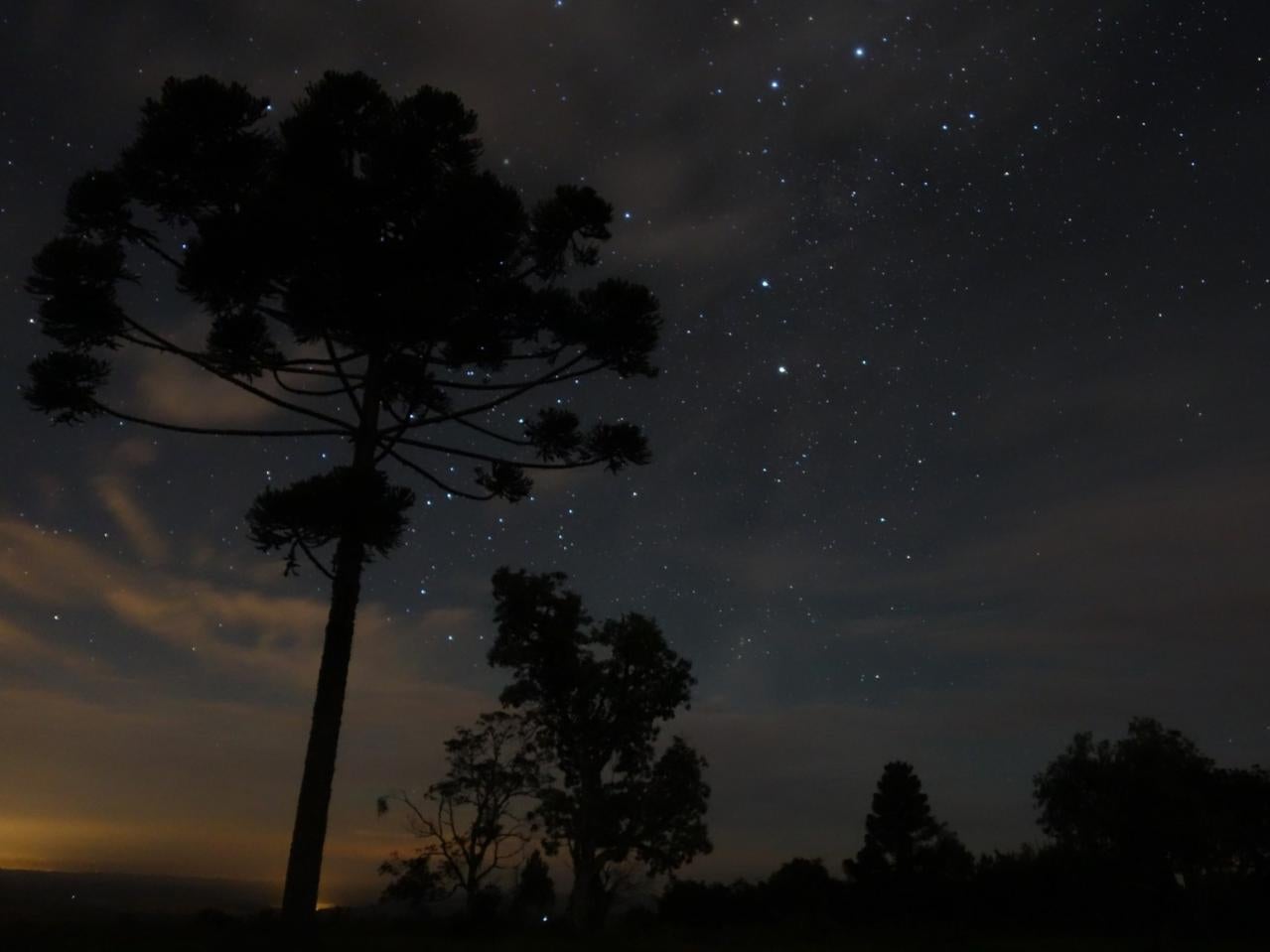One of world’s most endangered forests originally planted by ancient South Americans, discover archaeologists
Indigenous population of Chile, Brazil and Argentina cultivated monkey puzzle trees which are now threatened by modern farming

Critically endangered swathes of forest found across parts of South America owe their existence to the indigenous people who have lived in harmony with them for centuries.
Experts assumed monkey puzzle trees had expanded centuries ago due to wetter and warmer weather spreading across the region.
However, new research suggests Southern Je communities played an active role in their creation, cultivating the trees for food and other purposes.
"Our research shows these landscapes were man-made,” said Dr Mark Robinson, an archaeologist at the University of Exeter.
“Communities settled on grassland, and then – perhaps because they modified the soil, protected seedlings or even planted trees – established these forests in places where geographically they shouldn't have flourished."
Together with an international team of scientists, Dr Robinson realised that in areas of intense archaeological activity these trees were everywhere – where the trees had grown independently from humans they only grew on south-facing slopes.
Deciding to explore this further, the researchers found that monkey puzzle trees had undergone two massive expansions across the region.
The first, which occurred around 4,480 to 3,200 years ago, was likely due to an increase in moisture – but this did not explain the second major pulse in tree growth that took place more recently, peaking around 800 years ago.
During this phase, forests expanded into highland areas under relatively dry conditions. This coincides with a period of population growth among the Southern Je people, as well as the development of increasingly complex societies.
These phases of growth were tested by measuring the concentration of different forms of carbon found in soil samples.
The researchers' results were published in the journal Scientific Reports.
The millions of monkey puzzle trees – or Araucaria – that cover parts of Chile, Brazil and Argentina remain an important part of people’s lives to this day.
Local communities still refer to themselves as "people of the Araucaria", after historically relying on the trees for timber, fuel, food and resin.
Not only is Araucaria the national tree of Chile, festivals are held in celebration of the forests and the trees even form a central part of local cosmology.
However, all is not well with the Araucaria. The trees, which are described as “living fossils” because they have existed in roughly the same form for millions of years, are under threat as vast tracts of forest are turned into farmland.
Reports from the late 1800s described trees reaching 42 metres (138 feet) in height, whereas modern specimens barely manage 17 metres (55 feet).
Five of the 19 species of monkey puzzle trees are endangered, and two are critically endangered.
The scientists behind the study said their work should serve as a reminder of the significance of the trees, and the environmental and cultural importance of conserving them.
"This study shows the Araucaria forests were expanded beyond their natural boundaries, they were used sustainably for hundreds of years, and conservation strategies must reflect this so they balance protection, heritage and economic development,” said Professor José Iriarte, another team member from the University of Exeter.
Join our commenting forum
Join thought-provoking conversations, follow other Independent readers and see their replies
Comments
Bookmark popover
Removed from bookmarks